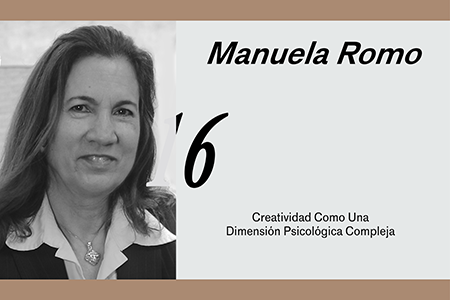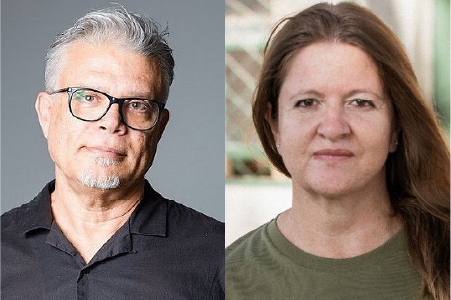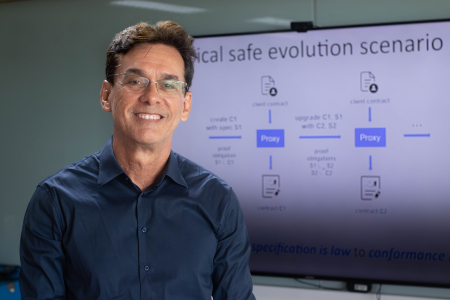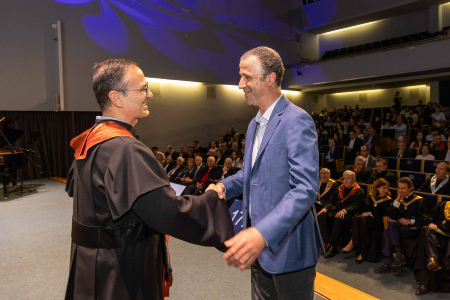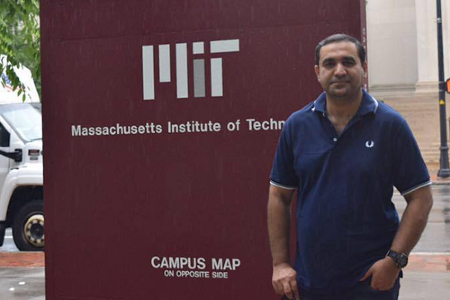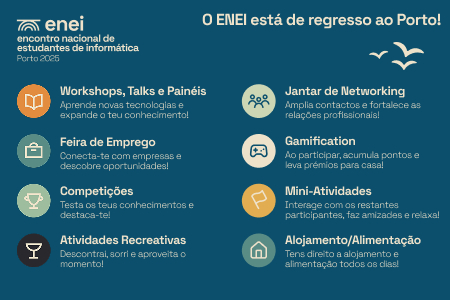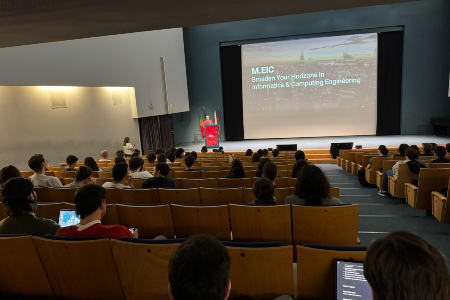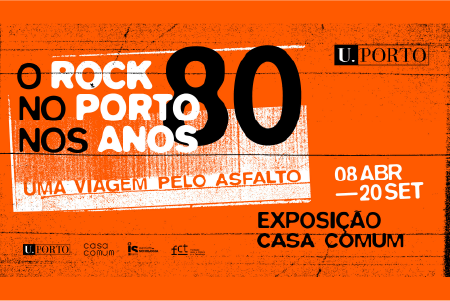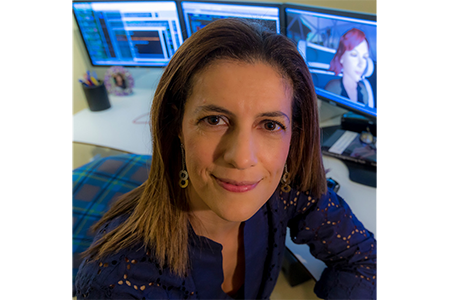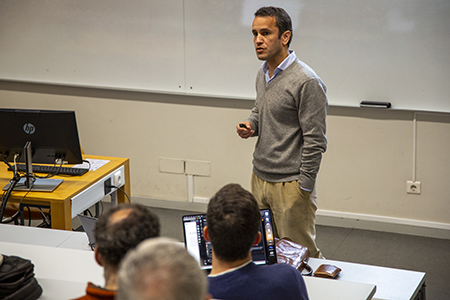The 16th session of the Creativity Talks will feature distinguished psychologist and professor Manuela Romo as the keynote speaker, presenting on “Creativity as a Complex Psychological Dimension”. The talk will be delivered in Spanish and will be held online May 22nd, at 6:00 PM GMT+1 (Lisbon and London time), and will be moderated by Manuel Firmino (DEI).
“Creativity is a way of thinking that results in things that are both novel and valuable” (Romo, 2019).
This operational definition serves as a starting point, but understanding creativity goes beyond the products it generates. We will discuss the cognitive processes involved in this way of thinking, but producing creative outcomes requires more than just cognitive processes—these alone would explain an isolated contribution in a given field. However, a creative person maintains this dimension consistently throughout their productive life, which requires other psychological dimensions related to motivation and personality. The most important theoretical models for explaining creativity reflect this complex nature. These are componential models that integrate cognitive, personal-affective, and sociocultural elements. We will explore these models and provide a description of their components.
The talk will be streamed here.
Manuela Romo holds a Ph.D. in Psychology from the Autonomous University of Madrid, where she has developed her teaching and research career. She has published six books, 16 book chapters, and more than 50 articles. Among her notable contributions to the dissemination and application of creativity studies is her book Psychology of Creativity: Contemporary Perspectives (Ed. Paidós, 2019). She has also developed a test for assessing children’s creativity: TCI – Test de Creatividad Infantil (TEA Ediciones, 2008). She has delivered over 70 lectures on the subject and conducted courses and workshops in Spain, Portugal, Italy, the United Kingdom, the United States, Taiwan, and various Latin American countries. She is a member of the editorial board of several scientific journals, including The International Journal of Creativity and Human Development, Frontiers in Psychology – Cognition, Creatividad y Sociedad: Revista de la Asociación para la Creatividad, Arte, Individuo y Sociedad (Complutense University of Madrid), Recrearte: IACAT (Institute for Advanced Studies in Creativity), and RECRIAI (Ibero-American Journal of Creativity and Innovation) in Brazil.
